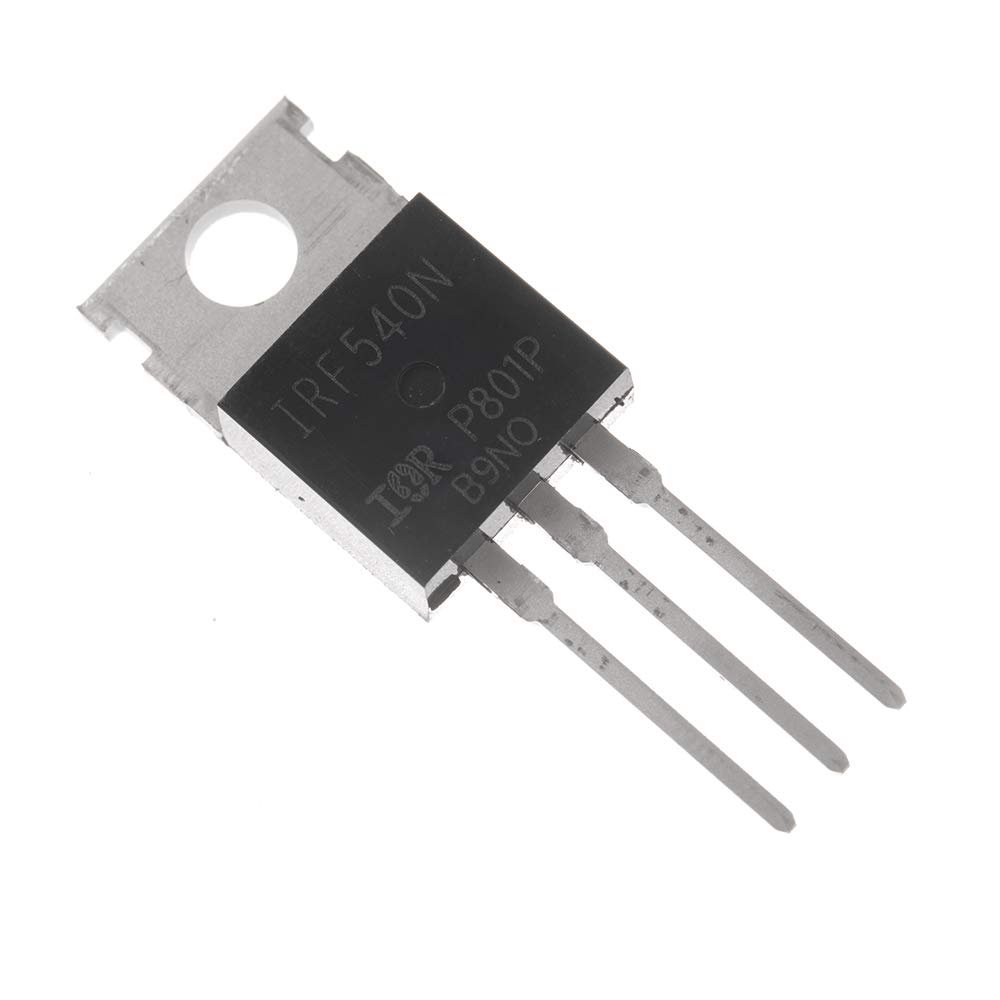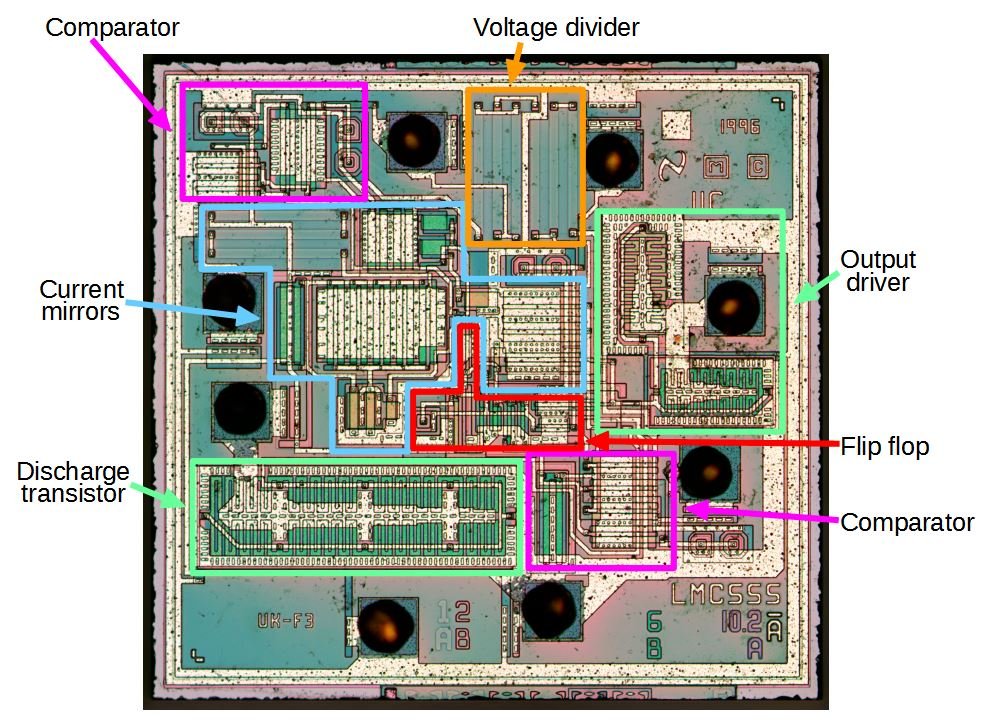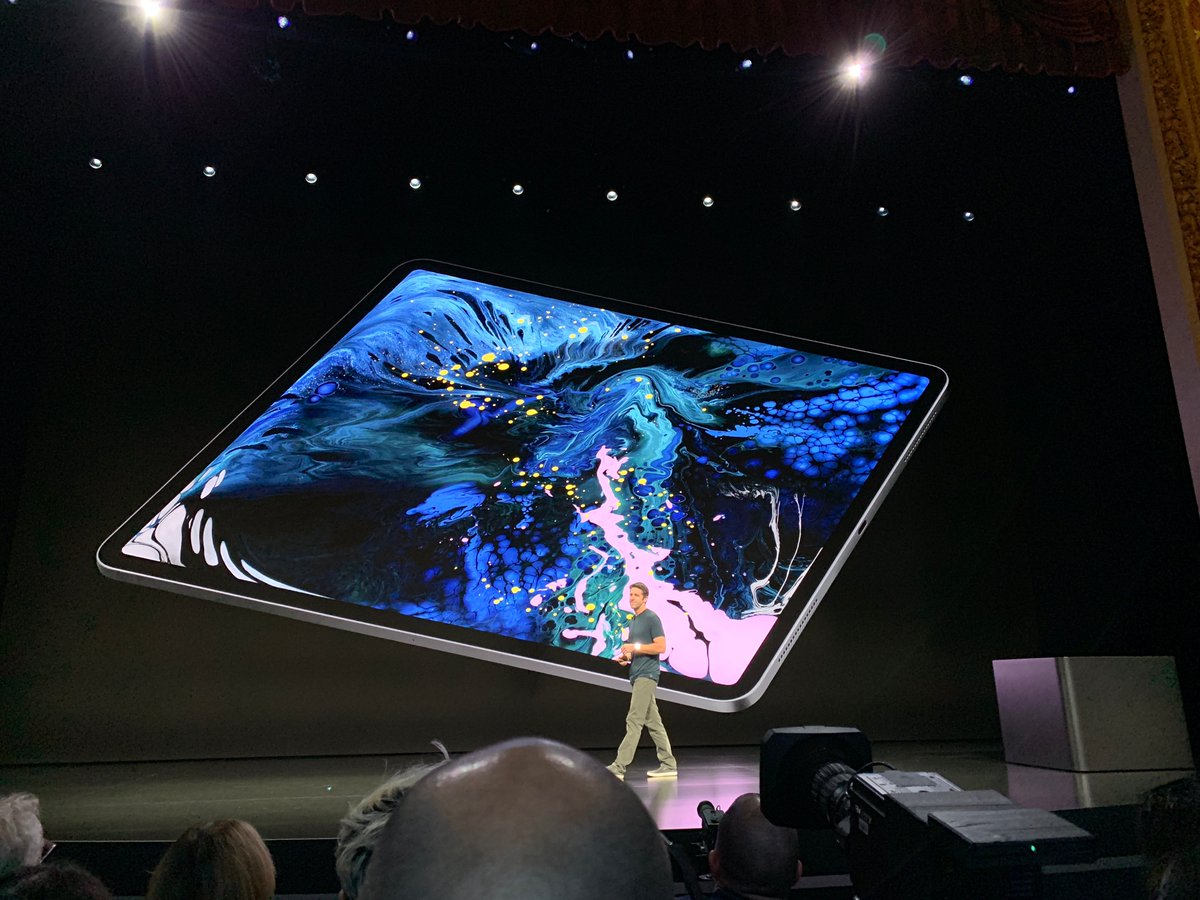Even with devices this small, we couldn't make 13 sextillion of them in 60 years.
A fun fact on the wikipedia page for the metal–oxide–semiconductor field-effect transistor:
it is the most frequently manufactured device in history, and the total number manufactured from 1960-2018 is 13 sextillion.
That's 13,000,000,000,000,000,000,000.

Even with devices this small, we couldn't make 13 sextillion of them in 60 years.
In 2017, it was estimated a billion are made every year.

(from Ken Shirriff's blog)
https://t.co/mz5PQDjYqF

about 25. Not many, but it's a very simple chip.
There's no specs on that specific chip that I can see, but the Tegra Xavier (Which is effectively the Tegra X3) has 7 billion transistors.
So even if the X1 only has 1/7th as many transistors as the Xavier, that's still 70 quadrillion transistors.
That's a rounding error. The CPU/GPU chip is only a small percentage of the number of transistors in the Switch.
One way to make LCDs is with Thin-film transistors, where there's actually a transparent MOSFET layer which each individual subpixel has a transistors.
So it's not the screen.
This is where you build a MOSFET where instead of acting like a switch, the gate electrically isolated, and doesn't easily change.
Basically you can run a current through the mosfet, and based on if it was charged or not, it'll have a different threshold voltage.
And it's taken over the world in the 41 years since it was invented.
You need at minimum one MOSFET for every single bit you store, plus a bunch more to handle addressing and writing and erasing and controlling.
That's not a lot. Your computer or phone probably has at least 4 times that much.
And Nintendo has sold 70 million of those.
More from foone
More from Tech
You May Also Like
@franciscodeasis https://t.co/OuQaBRFPu7
Unfortunately the "This work includes the identification of viral sequences in bat samples, and has resulted in the isolation of three bat SARS-related coronaviruses that are now used as reagents to test therapeutics and vaccines." were BEFORE the

chimeric infectious clone grants were there.https://t.co/DAArwFkz6v is in 2017, Rs4231.
https://t.co/UgXygDjYbW is in 2016, RsSHC014 and RsWIV16.
https://t.co/krO69CsJ94 is in 2013, RsWIV1. notice that this is before the beginning of the project
starting in 2016. Also remember that they told about only 3 isolates/live viruses. RsSHC014 is a live infectious clone that is just as alive as those other "Isolates".
P.D. somehow is able to use funds that he have yet recieved yet, and send results and sequences from late 2019 back in time into 2015,2013 and 2016!
https://t.co/4wC7k1Lh54 Ref 3: Why ALL your pangolin samples were PCR negative? to avoid deep sequencing and accidentally reveal Paguma Larvata and Oryctolagus Cuniculus?
Unfortunately the "This work includes the identification of viral sequences in bat samples, and has resulted in the isolation of three bat SARS-related coronaviruses that are now used as reagents to test therapeutics and vaccines." were BEFORE the

chimeric infectious clone grants were there.https://t.co/DAArwFkz6v is in 2017, Rs4231.
https://t.co/UgXygDjYbW is in 2016, RsSHC014 and RsWIV16.
https://t.co/krO69CsJ94 is in 2013, RsWIV1. notice that this is before the beginning of the project
starting in 2016. Also remember that they told about only 3 isolates/live viruses. RsSHC014 is a live infectious clone that is just as alive as those other "Isolates".
P.D. somehow is able to use funds that he have yet recieved yet, and send results and sequences from late 2019 back in time into 2015,2013 and 2016!
https://t.co/4wC7k1Lh54 Ref 3: Why ALL your pangolin samples were PCR negative? to avoid deep sequencing and accidentally reveal Paguma Larvata and Oryctolagus Cuniculus?
































